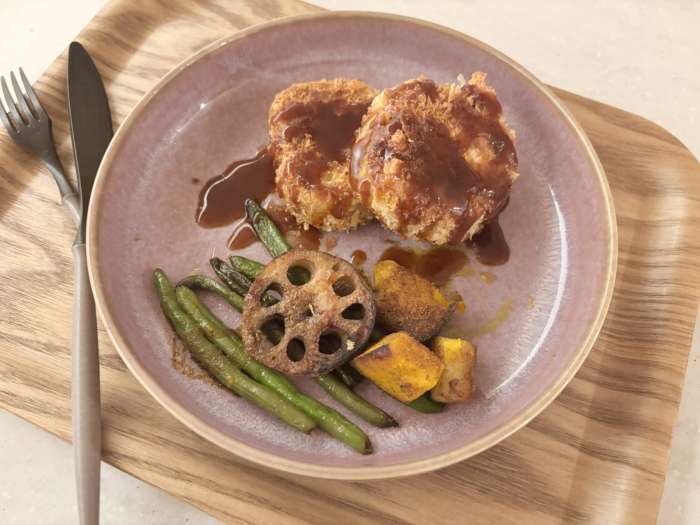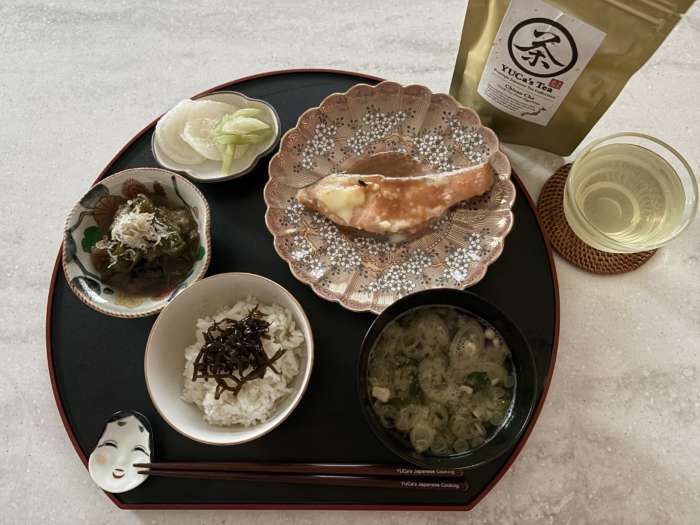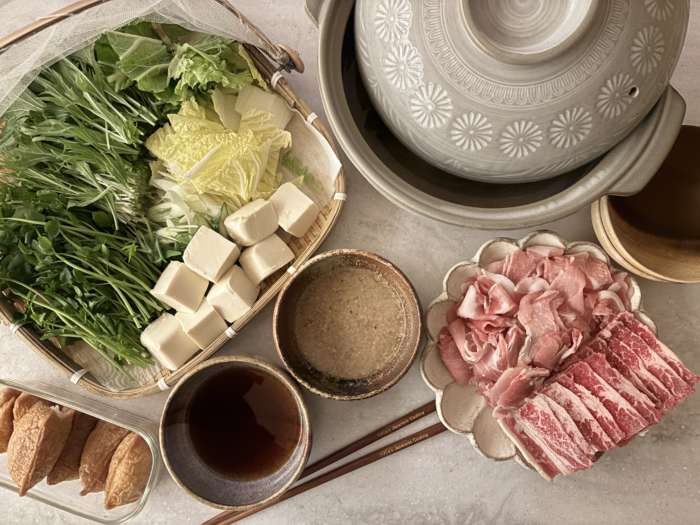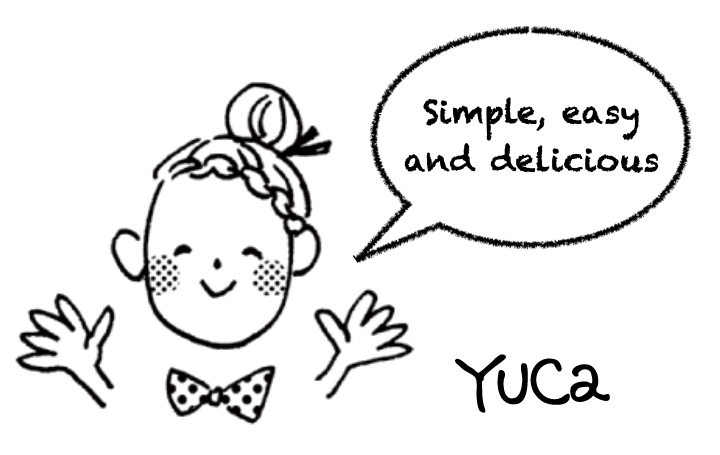Recipe : Tofu Croquette

This is a tofu croquette recipe filled with a variety of vegetables. To boost the protein content, tofu and ground soy meat are used, but it can also be deliciously customized with additions such as cheese or tempeh.
Crispy on the outside and light and tender on the inside, these croquettes offer a gentle balance of vegetable sweetness and savory flavor. Although fried, they feel surprisingly light, making them a great choice for those seeking a healthier, plant-based option. They work well as a main dish, a light appetizer, or even as a bento side.
Read More
Japanese Home Meals : 17

Menu:
– Miso soup [Recipe]
– Japanese rice topped with seasoned kelp [Recipe]
− Baked Salmon with Butter, Cheese, and Soy Sauce
– Simmered Eggplant with Shirasu
– Pickled Daikon and Celery
Paired tea:
– YUCa’s Tea : Uji-Cha (Matcha)
Japanese Home Meals : 16

Menu:
– Miso soup
– Japanese rice
− Tempura
– Tempura dipping sauce
– Matcha salt
Paired tea:
– YUCa’s Tea : Uji-Cha (Matcha)
Japanese Home Meals : 15

Menu:
– Miso soup with shimeji mushrooms and fried tofu [Recipe]
– Brown rice with grains
– Tatsuta-age of Mackerel
– Kimpira with lotus root, carrot and chikuwa fish cake [Recipe]
− Pickles with cabbage, carrot and cucumber
Paired tea:
– YUCa’s Tea : Tosa Cha
Japanese Home Meals : 14

Menu:
– Sumashijiru with gyoza dumplings [Recipe]
– Japanese fried rice [Recipe]
− Hijiki seaweed salad [Recipe]
– Pickled cucumber, daikon and carrot
Paired tea:
– YUCa’s Tea : Uji-Cha (Matcha)
Japanese Home Meals : 13

Menu:
– Miso soup with long onion and tofu [Recipe]
– Japanese rice topped with Shirasu [Recipe]
− Simmered chicken drumsticks and egg
– Harusame salad [Recipe]
– Fried tofu steak [Recipe]
Paired tea:
– YUCa’s Tea : Tosa Cha
Japanese Home Meals : 12

Menu:
– Miso soup with tofu and wakame seaweed [Recipe]
– Japanese rice [Recipe]
– Chicken karaage [Recipe]
– Eggplant steak [Recipe]
– Onsen tamago
Paired tea:
– YUCa’s Tea : Tosa Cha
Japanese Home Meals : 11

Menu:
– Miso soup with cabbage, fried tofu and pickled plum [Recipe]
– Soboro donburi [Recipe]
– Harusame salad [Recipe]
– Hijiki salad with cherry tomato and cucumber [Recipe]
– Pickled summer vegetables
Paired tea:
– YUCa’s Tea : Tosa Cha
*** Great news for Japanese food lovers! ***
Musubi Kiln is having a Summer Sale with up to 15% OFF from July 25 to July 27, 2025!
Don’t miss out! ⇨ https://bit.ly/4f79c0x



















